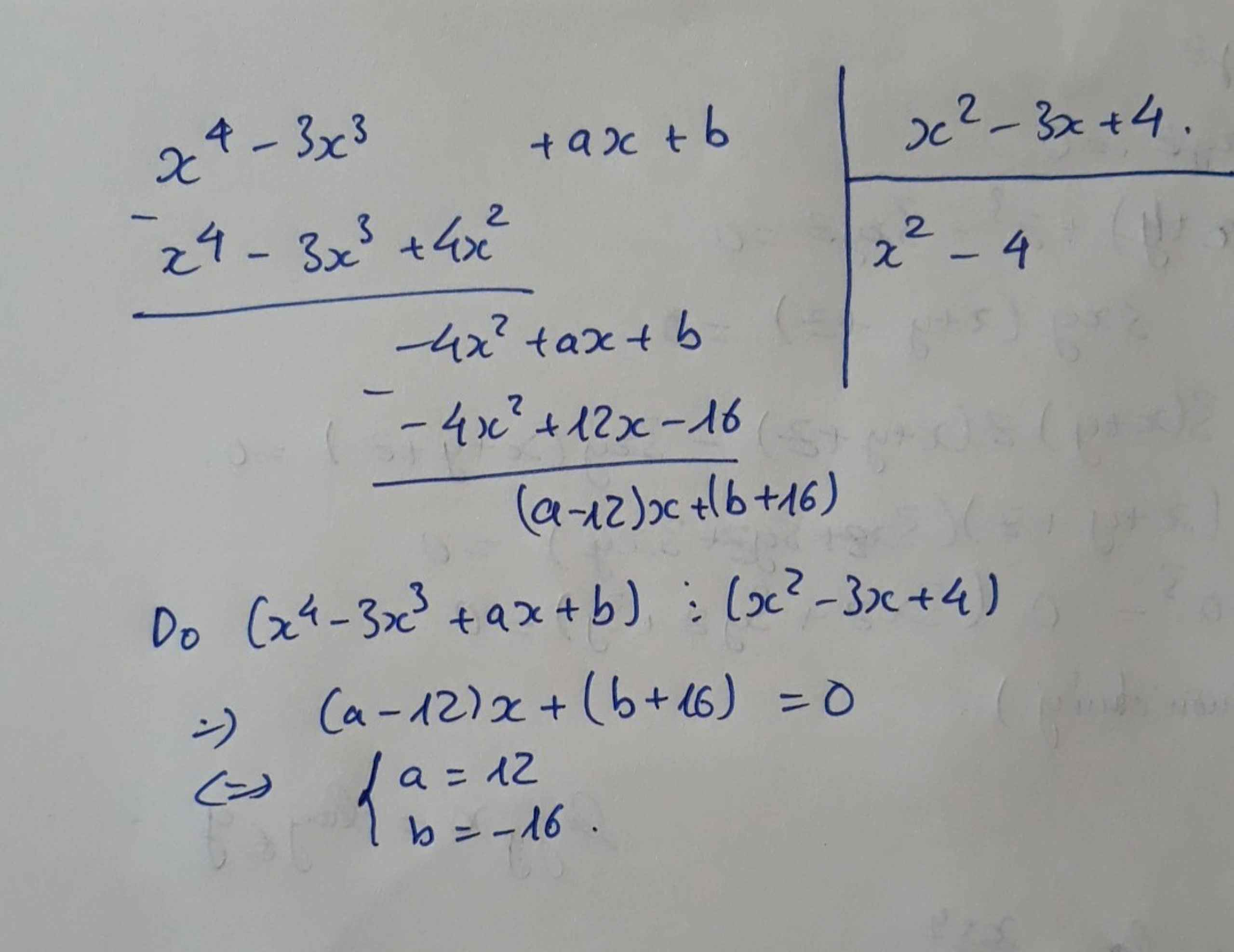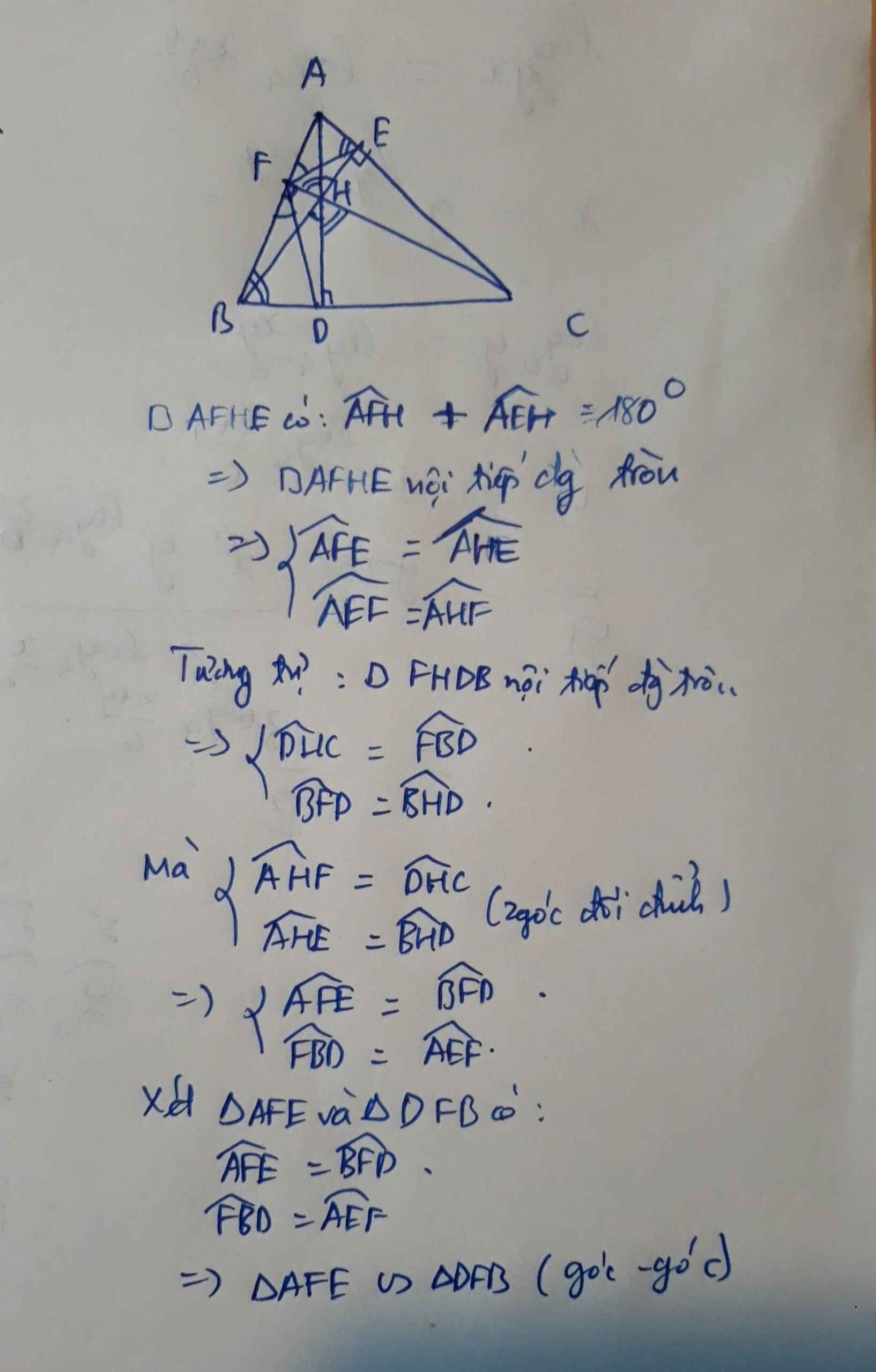So sánh 2 phân số M và N
Hãy nhập câu hỏi của bạn vào đây, nếu là tài khoản VIP, bạn sẽ được ưu tiên trả lời.


\(\dfrac{1}{x}+\dfrac{1}{y}=\dfrac{1}{3}\)
\(\dfrac{x+y}{xy}=\dfrac{1}{3}\)
\(3\left(x+y\right)=xy\)
\(xy-3x-3y=0\)
\(xy-3x-3y+9=9\)
\(x\left(y-3\right)-3\left(y-3\right)=9\)
\(\left(x-3\right)\left(y-3\right)=9\)
Ta có bảng sau:
| x-3 | -9 | -3 | -1 | 1 | 3 | 9 |
| y-3 | -1 | -3 | -9 | 9 | 3 | 1 |
| x | -6 | 0 (loại) | 2 | 4 | 6 | 12 |
| y | 2 | 0 (loại) | -6 | 12 | 6 | 4 |
Vậy \(\left(x;y\right)=\left(-6;2\right);\left(2;-6\right);\left(4;12\right);\left(6;6\right);\left(12;4\right)\)

Thêm điều kiện: `x;y in Z`
Do `x;y in Z`
`=> x-1 in Z và y+1 in Z`
Mà `(x-1)(y+1)=3`
`=> x - 1 in Ư(3) = {-3;-1;1;3}`
`=> x in {-2;0;2;4} `
Khi đó: `y + 1 in {-1;-3;3;1}`
`=> y in {-2;-4;2;0}` (Thỏa mãn)
Vậy `(x;y) in {(-2;-2);(0;-4);(2;2);(4;0)}`

Nếu chuyển 3 em từ hàng 1 sang hàng 2 thì tổng số học sinh lớp 6A không đổi.
Số học sinh ở mỗi hàng sau khi chuyển là:
`48 : 2 = 24` (học sinh)
Lúc đầu số học sinh ở hàng 1 là:
`24 + 3 = 27` (học sinh)
Lúc đầu số học sinh ở hàng 2 là:
`24 - 3 = 21` (học sinh)
Đáp số: ....
Nếu chuyển 3 em từ hàng 1 sang hàng 2 thì số học sinh mỗi hàng bằng nhau nên lúc đầu, hàng 1 hơn hàng 2 số học sinh là:
`3 + 3 = 6` (học sinh)
Số học sinh ở hàng 1 lúc đầu là:
`(48 + 6) : 2 = 27` (học sinh)
Số học sinh hàng 2 lúc đầu là:
`27 - 6 = 21` (học sinh)
Đáp số: ....

`75 - (3.52 - 4.23) = 75 - (156 - 92) = 75 - 64 = 11`
`125-2156-48:(15-7)] = (125-2156)-48:(15-7)] = -2031-48:8 = -2031- 6= -2037`
`22.5-[30-(5-1)^2] = 110-[30-4^2] = 110-[30-16] = 110-14 = 96`
a) Diện tích phòng khách là:
`5 xx 6 = 30 (m^2)`
Đổi `30m^2 = 300000cm^2`
Diện tích 1 viên gạch là:
`40 xx 40 = 1600 (cm^2)`
Số gạch cần để lát phòng là:
`300000 : 1600 = 187,5` (viên gạch)
b) Tổng số tiền cô cần trả cho `1m^3` lát lại gạch là:
`120 + 80 = 200` (nghìn đồng)
Tổng số tiền cô Lan cần trả để lát cả phòng khách là:
`200 xx 30 = 6000` (nghìn đồng)
Đáp số: ...

Số lít dầu của thùng B và C là:
`(2880 + 360) : 2 = 1620` (lít)
Thùng B và C, mỗi thùng có số lít dầu là:
`1620 : 2 = 810` (lít)
Thùng A có số lít dầu là:
`2880 - 1620 = 1260` (lít)
Đáp số: ....

\(\dfrac{1}{2\times3}+\dfrac{1}{3\times4}+\dfrac{1}{4\times5}+\dfrac{1}{5\times6}+\dfrac{1}{6\times7}+\dfrac{1}{7\times8}\)
\(=\dfrac{1}{2}-\dfrac{1}{3}+\dfrac{1}{3}-\dfrac{1}{4}+\dfrac{1}{4}-\dfrac{1}{5}+\dfrac{1}{5}-\dfrac{1}{6}+\dfrac{1}{6}-\dfrac{1}{7}+\dfrac{1}{7}-\dfrac{1}{8}\)
\(=\dfrac{1}{2}-\dfrac{1}{8}\)
\(=\dfrac{3}{8}\)

`A = 1 + 4 + 4^2 + ... + 4^2021`
`4A = 4 + 4^2 + 4^3 + ... + 4^2022`
`4A - A = ( 4 + 4^2 + 4^3 + ... + 4^2022) - (1 + 4 + 4^2 + ... + 4^2021)`
`3A = 4^2022 - 1`
`A = ( 4^2022 - 1)/3`

`sqrt{6x - 2} = 4`
`ĐKXĐ: 6x - 2 >=0 <=> x >=1/3`
`Pt <=> 6x - 2 = 16`
`<=> 6x = 18`
`<=> x = 3 ` (Thỏa mãn)
Vậy ...
ĐKXĐ: \(x\ge\dfrac{1}{3}\)
\(\sqrt{6x-2}=4\)
\(\Leftrightarrow6x-2=16\)
\(\Leftrightarrow6x=18\)
\(\Leftrightarrow x=3\)



\(10M=\dfrac{10.\left(10^{100}+1\right)}{10^{101}+1}=\dfrac{10^{101}+10}{10^{101}+1}=\dfrac{10^{101}+1+9}{10^{101}+1}=1+\dfrac{9}{10^{101}+1}\)
\(10N=\dfrac{10.\left(10^{101}+1\right)}{10^{102}+1}=\dfrac{10^{102}+10}{10^{102}+1}=\dfrac{10^{102}+1+9}{10^{102}+1}=1+\dfrac{9}{10^{102}+1}\)
Do \(10^{101}< 10^{102}\Rightarrow10^{101}+1< 10^{102}+1\)
\(\Rightarrow\dfrac{9}{10^{101}+1}>\dfrac{9}{10^{102}+1}\)
\(\Rightarrow1+\dfrac{9}{10^{101}+1}>1+\dfrac{9}{10^{102}+1}\)
\(\Rightarrow10M>10N\)
\(\Rightarrow M>N\)